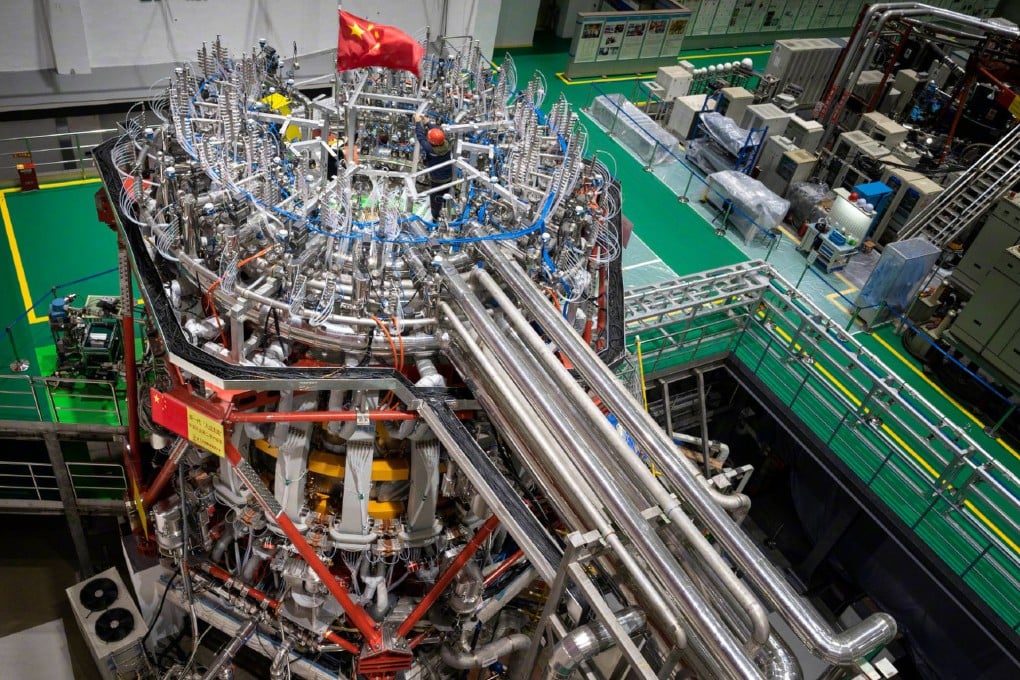Chinese scientists hail ‘important step’ towards nuclear fusion from ‘artificial sun’
- Researchers working on the HL-2M reactor in Sichuan say they have generated enough power to meet two key requirements for a working reactor
- The technology could provide a long-term solution to the world’s energy needs by generating power without producing nuclear waste

It generated a plasma current of more than 1 million amperes, or 1 mega-amp, the official Science and Technology Daily reported – a current strong enough to meet some of the key conditions needed to produce a working reactor.
Fusion, the same process that has kept the sun burning for the past 5 billion years, is regarded as the ultimate solution to humanity’s energy needs because, unlike today’s uranium-fuelled nuclear power plants, a fusion reactor would produce no radioactive waste.
Zhong Wulu, the deputy director of the Institute of Fusion Science at the Southwestern Institute of Physics, told the newspaper: “This breakthrough marks an important step towards fusion ignition in China’s nuclear fusion research.”
He said the experimental HL-2M reactor in Chengdu, the capital of Sichuan province, was closer to the threshold needed for a reaction to become self-sustaining – operating without the need for an external power source.
Generating 1 mega-amp of power is also an important step because it meets two key conditions for a working reactor: meeting the required density for the atomic collision that produces the reaction and providing enough time for the reaction to occur.